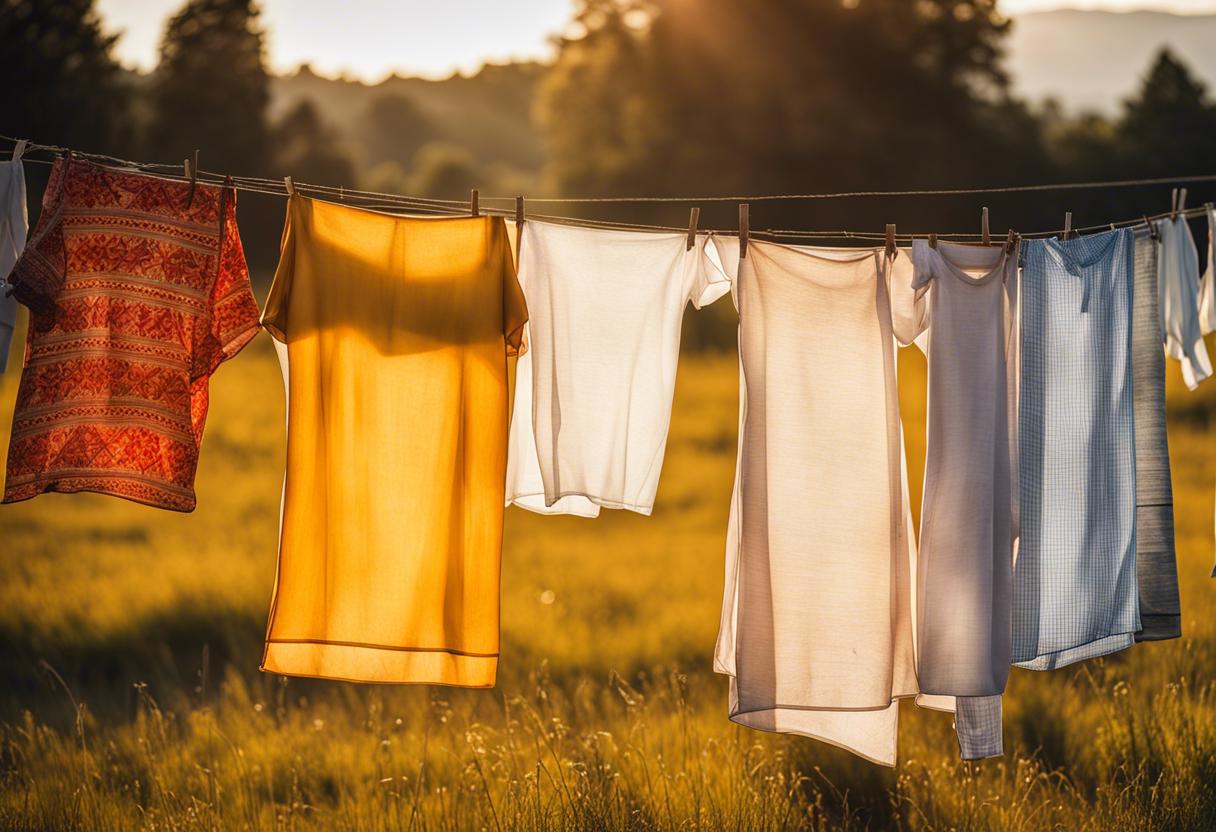Are you familiar with the concept of dryer balls? They are typically made from rubber or wool, and are used with the aim of reducing the duration of tumble-drying. As they continuously bounce around in the dryer, they separate items, allowing the heat to be distributed more effectively. This supposedly results in your clothes drying quicker and using less energy, according to the manufacturers.
Why does it matter, you might ask? Well, it should matter to anyone who is looking to save money, reduce environmental impact and increase the life of their clothes. Tumble dryers are notorious for consuming large amounts of energy. Depending on your particular machine and energy tariff, one drying cycle could cost as much as €1.95, as indicated by Switcher.ie. Consequently, you could be spending over €200 annually on tumble drying your clothes alone – a cost that exceeds that of washing.
Beyond the financial aspect, there’s also the environmental cost to consider. Electricity usage results in carbon emissions, contributing to global warming that leads to heatwaves, flooding, and storms. Tumble dryers also release microplastics from your clothes, causing air and water pollution.
Not to mention the detriment to your clothes. The heat and action can cause shrinkage and wear and tear, as evidenced in the lint compartment. It seems counterintuitive to spend money buying clothes only to spend even more on gradually damaging them.
Of course, given the climate in some countries and the absence of drying facilities in many apartments, many households may feel they don’t have any alternatives.
So, do these dryer balls actually work? Manufacturers assert that they can cut drying time by up to 28 per cent. However, independent studies to verify these claims seem scarce. In searching for advice on household energy savings from government and NGO sources, there appears to be no reference to dryer balls. There are anecdotal reports of successful usage, yet this largely depends on what you’re drying. They might be beneficial for items like bed sheets, but perhaps not for a load of socks, underwear, and T-shirts.
One indisputable fact is the noise of dryer balls clattering in the machine could serve as a reminder that you’re consuming energy and contributing to pollution. This could provoke feelings of guilt, leading to earlier switch-offs.
So, is it worth giving dryer balls a try? It’s something to consider.
Give it a whirl, it could be effective in certain instances. Utilising them demonstrates a thoughtful attitude towards your finances or the earth, an attitude that could extend to other aspects of your life. Numerous other actions can be adopted that have been shown to reduce costs and produce an eco-friendlier cloth drying process.
[Embracing all weather situations: Tips on air drying your clothes]
Firstly, focus on having the perfect load size; approximately three-quarters of the drum should be full. Cramming items in will extend the drying duration and consume more electricity.
Jumbled clothes take longer to dry; therefore, you should unroll socks and sleeves by inserting your hand.
Load your clothes according to their weight – smaller clothes will dry before larger items like towels. There is no sense in having small, dry items, mixing with larger, damp items. There’s no rule about using the dryer for everything – consider drying your shirts in the bathroom on hangers.
Always seize the chance to dry your clothes outdoors whenever possible, if not, indoors with sufficient ventilation will do. Another option is simply washing your clothes less frequently.

